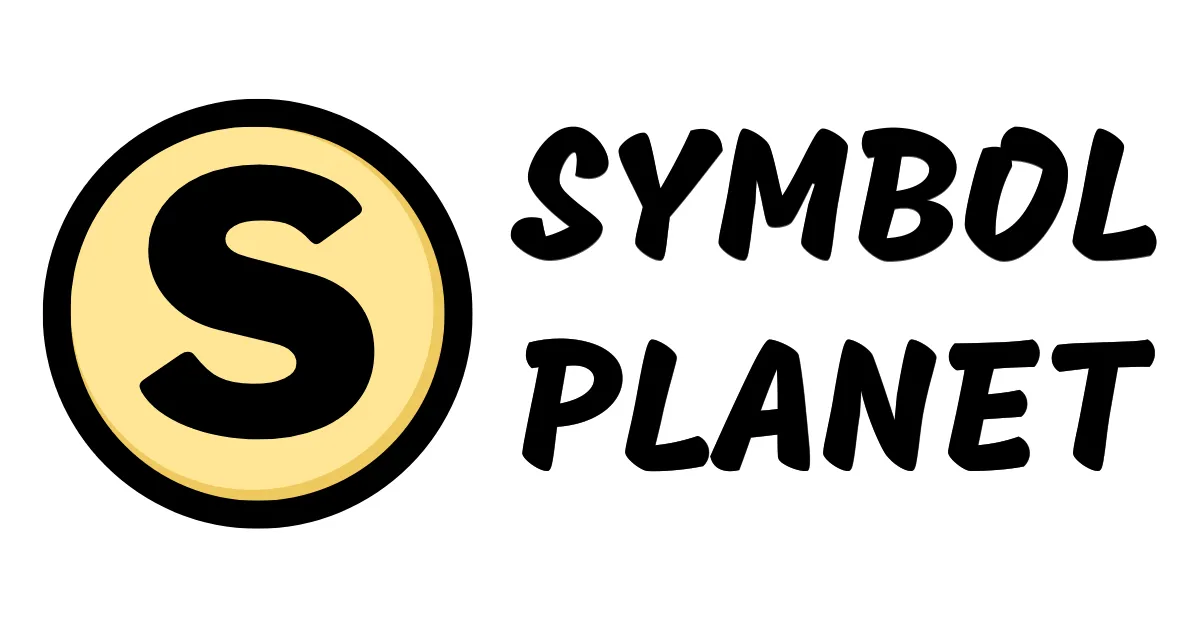Here’s what we’ll cover:
- 🧏 deaf person emoji meaning
- How do you reply to 🧏 deaf person emoji?
- What does 🧏 deaf person emoji mean from a girl?
- What does 🧏 deaf person emoji mean from a guy or boy?
- What does 🧏 deaf person emoji mean on Snapchat?
- What does 🧏 deaf person mean in Texting or Chat?
- What does 🧏 deaf person emoji mean on Instagram?
- What does 🧏 deaf person emoji mean on TikTok?
- What does 🧏 deaf person emoji mean in slang?
- Cultural differences in 🧏 emoji interpretation
- Emoji etiquettes
- Possible combination
- Misinterpretations to avoid
🧏 deaf person emoji meaning
The 🧏 deaf person emoji means representing a person who is deaf or hard of hearing. This emoji depicts a gender-neutral individual with dark hair and skin-tone, using the American Sign Language sign for “deaf”.
1. Deaf or hard of hearing
It portrays individuals who have hearing impairment or are unable to hear. The emoji symbolizes the deaf community and promotes inclusivity in conversations about hearing disabilities.
- “Going to a concert tonight with my friend who’s 🧏, gonna make sure they feel included!”
- “Learning sign language to communicate with my 🧏 neighbor. It’s so much fun!”
2. Silence or confidentiality
It can be used to convey silence or to keep a secret. This meaning is often used in playful or humorous contexts, emphasizing the idea of not speaking or being discreet.
- “I won’t tell anyone what happened last night, 🧏”
- “Can’t believe you ate all the pizza without sharing! 🧏”
3. Empathy and support
The emoji can symbolize empathy and support towards individuals who are deaf or hard of hearing. It demonstrates understanding and willingness to communicate inclusively.
- “Let’s amplify the voices of the 🧏 community and ensure their needs are met!”
- “Sending love and support to all the 🧏 individuals out there. You’re amazing!”
How do you reply to 🧏 deaf person emoji?
To reply to the 🧏 deaf person emoji, you can use phrases like “Got it!”, “Thank you!”, or “I understand now!”What does 🧏 deaf person emoji mean from a girl?
The 🧏 deaf person emoji from a girl means that she is referring to herself as a deaf person or someone who is hard of hearing. This emoji is an inclusive and diverse representation of individuals with hearing impairments. It can be used to express various emotions or situations, just like any other emoji. Here are a few real-world examples:
- “I can’t believe I slept through my alarm again 🧏♀️”
- “I’m watching a movie with subtitles, so I can enjoy it too 🧏♀️”
- “Please speak louder, I’m a bit hard of hearing 🧏♀️”
Remember, emojis can have different interpretations based on context, so it’s always best to consider the conversation and the person using the emoji when figuring out its meaning.
What does 🧏 deaf person emoji mean from a guy or boy?
The 🧏 deaf person emoji from a guy or boy means that the person is deaf or hard of hearing, and they are representing themselves using this emoji.
- “Hey, did you see the new movie? 🧏 It was so good!”
- “I love going to concerts, but unfortunately, I’m 🧏 so I can’t fully enjoy the music.”
- “I’m learning sign language to communicate better with my 🧏 friend.”
The deaf person emoji is used to convey deafness or hearing impairment. It represents inclusivity and awareness about the deaf community. So, if a guy or boy uses this emoji, they might be referencing their own hearing condition or showing support for the deaf community in a lighthearted way. Just remember, emojis can be fun and expressive, but it’s always important to have open and clear communication in real-life conversations!
What does 🧏 deaf person emoji mean on Snapchat?
The 🧏 deaf person emoji on Snapchat means that the person being depicted is deaf or hard of hearing.
- “When you send this emoji on Snapchat, it can represent that you’re having trouble hearing what someone is saying or that you are immersed in a world of silence.”
- “You can also use this emoji to show solidarity with the deaf community or to represent yourself as a deaf individual.”
- “It’s a simple and visually striking way to convey the concept of deafness in a lighthearted manner.”
What does 🧏 deaf person mean in Texting or Chat?
The 🧏 deaf person emoji in Texting or Chat means someone who is deaf or hard of hearing. It’s a way to represent the deaf community in digital conversations. Here are a few examples of how it can be used:
- “I just learned some basic sign language! 🧏”
- “Attending a virtual concert with captions for the deaf community 🧏🎵”
- “Do you know any good resources for learning about deaf culture? 🧏📚”
What does 🧏 deaf person emoji mean on Instagram?
The 🧏 deaf person emoji on Instagram means that the person being referenced or represented in the post is deaf or hard of hearing. This emoji is often used to celebrate diversity and inclusion, or to share experiences related to deaf culture and community.
- “Just joined a sign language class! 🧏♂️ Can’t wait to learn and communicate with my deaf friends better!”
- “Attended an amazing concert for the deaf community last night! 🧏♀️ The vibes were off the charts, even though the music was silent.”
- “Shout out to all my followers who are deaf or hard of hearing! 🧏 Let’s spread awareness and break down barriers together!”
What does 🧏 deaf person emoji mean on TikTok?
The 🧏 deaf person emoji on TikTok means that the TikToker is either deaf, hard of hearing, or expressing something related to deaf culture. This emoji is often used to share experiences, challenges, or humorous situations regarding deafness. For example, a TikToker may use the 🧏 emoji when sharing a video about misunderstandings or funny encounters they have had due to their hearing impairment.
- “Using the 🧏 emoji, TikTokers show their struggle of lip-reading during online classes.”
- “A TikToker makes a video with the 🧏 emoji to raise awareness about sign language and encourage others to learn it.”
- “In a humorous skit, a TikToker uses the 🧏 emoji to express the struggle of mishearing song lyrics.”
What does 🧏 deaf person emoji mean in slang?
The 🧏 deaf person emoji in slang means that someone is pretending to be unaware or oblivious to something, often used humorously.
- “I asked him if he ate the last slice of pizza 🧏 and he acted like he didn’t hear me!”
- “She saw the huge spider in the bathroom but 🧏 and casually walked away.”
- “When mom mentioned doing the dishes, he went all 🧏 and disappeared.”
- “They were talking about a surprise party for me, but I played 🧏 and acted clueless.”
Cultural differences in 🧏 emoji interpretation
Cultural differences in the interpretation of the 🧏 deaf person emoji can be both surprising and amusing, as it can vary greatly across different populations.
- “In the US, the 🧏 emoji might convey a serious demeanor, while in Italy, it could simply mean that the person is taking a power nap!”
- “In Japan, 🧏 may be seen as someone actively listening, whereas in Australia, it might indicate that one is happily sunbathing on the beach!”
- “Meanwhile, in France, the emoji could signify a person who has an intense concentration face during a cheese tasting session!”
Emoji etiquettes
When using the 🧏 deaf person emoji, it’s important to promote inclusivity and understanding. Avoid assumptions, be respectful, and communicate clearly to ensure effective conversation.
- “I used the 🧏 deaf person emoji in a text to my deaf friend, letting them know I’m learning sign language and want to practice with them.”
- “During a virtual meeting, I noticed a colleague had their microphone turned off, so I used the 🧏 deaf person emoji to politely ask if they needed any assistance or if they preferred written communication.”
- “My niece got her hearing aids today, so I sent her an encouraging message with the 🧏 deaf person emoji, telling her how cool and amazing she is.”
Possible combination
Possible emoji combinations that go with the 🧏 deaf person emoji are 🧏♂️👋 to represent someone saying hello, or 🧏♀️💬 to depict a conversation in sign language.
- “🧏♂️🛒” – when a deaf person goes shopping for groceries
- “🧏♀️🚗” – a deaf person asking for a ride
- “🧏♂️📚” – studying silently for an upcoming exam
- “🧏♀️🍴” – a deaf person enjoying a delicious meal
- “🧏♂️💤” – snoozing soundly without any noise disturbance
Misinterpretations to avoid
Misinterpretations to avoid for the 🧏 deaf person emoji are assuming they can hear, using sign language without proper knowledge, or mistaking the emoji for a person with their hand on their chin.
- “Hey look, it’s the 🧏 emoji! They must be a great listener.”
- “I’m going to use sign language with the 🧏 emoji, but I have no clue what I’m doing.”
- “Wait, is that person thinking or just really interested in what I’m saying? Oh, it’s just the 🧏 emoji.”

